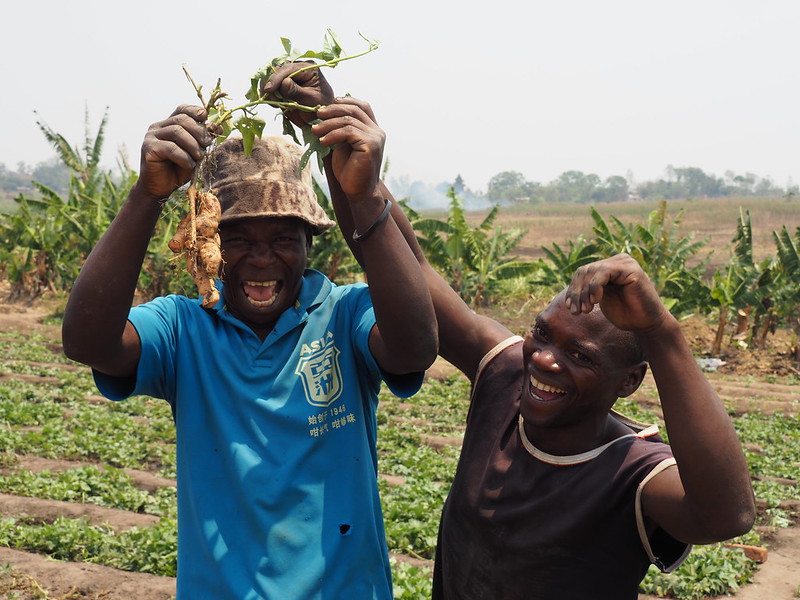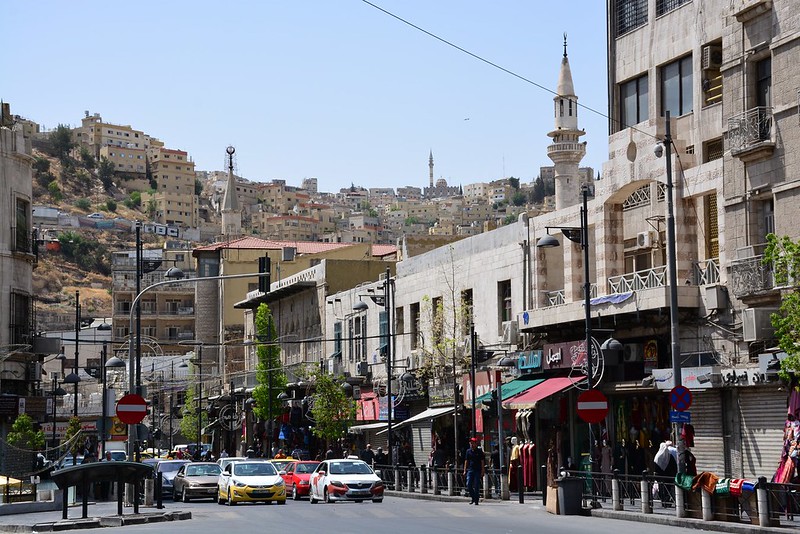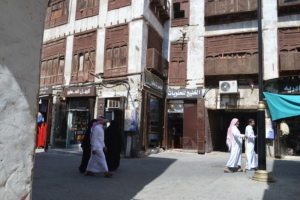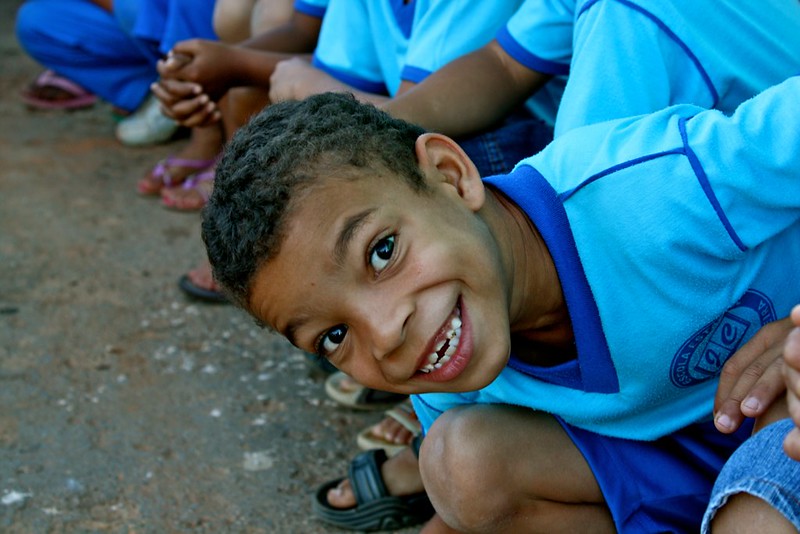 Malawi, a landlocked country in southeastern Africa, sees more than 70% of its population living in extreme poverty. After gaining independence in 1964, the Malawian government implemented a Poverty Monitoring System in 1994 to address rising poverty levels. Since then, various nongovernmental organizations have dedicated their efforts to improving the health and livelihoods of Malawians. Concern Worldwide, established in 2002, plays a crucial role in addressing multiple issues that contribute to poverty in Malawi.
Malawi, a landlocked country in southeastern Africa, sees more than 70% of its population living in extreme poverty. After gaining independence in 1964, the Malawian government implemented a Poverty Monitoring System in 1994 to address rising poverty levels. Since then, various nongovernmental organizations have dedicated their efforts to improving the health and livelihoods of Malawians. Concern Worldwide, established in 2002, plays a crucial role in addressing multiple issues that contribute to poverty in Malawi.
Poverty in Malawi
A variety of challenges cause poverty among Malawians, including extreme weather variations, difficulty accessing globally traded goods, inequalities in food production and low access to health facilities. These issues result in an increased cost of living that is disproportionately impacting women and rural communities. A study from the National Library of Health describes the connection between income and the health status of families in rural Malawi. Research reveals that by increasing the overall income level by 10%, the average health status and level of well-being of Malawians improves by up to 1.2%. Concern Worldwide understands the crucial role the economy plays in health and poverty levels and takes action from multiple angles.
Economic Impact
Research from the World Bank explains how economic growth directly affects mortality rates and life expectancy in developing countries. Additional factors such as income and income distribution, food prices, education and access to trading and transportation are primarily impacting the 80% of Malawians living in rural areas. Improving economic conditions requires changes in multiple areas of society by increasing the minimum wage, education and the household division of labor.
RAISE Program
Concern Worldwide has taken action to improve the economic stability of the country by educating community members. The Raising Assets and Income for a Sustainable Environment in Malawi (RAISE) program, funded by the EU and Irish Aid, provides individuals from four districts in Malawi with a Business Skills Training course to encourage small businesses. This training, offered in Chikwawa, Mwanza, Neno and Nsanje, focuses on business management, risk vs reward and budget organization. Despite navigating literacy barriers, participants claim to have learned valuable skills to increase stability in sales and organization. Not only are entrepreneurs provided the knowledge to start their businesses, but they are also provided with a capital-funded transfer to start their enterprise.
Health
In particular, rural Malawi’s low-income households, lacking access to medical resources or transportation to health centers, contribute to the lowest mortality rate. Researchers in the National Library of Medicine suggest public health and disease as the primary causes of decreasing mortality rates in struggling countries. Flooding furthers the spread of diseases and blocks roads, preventing access to centers.
To combat this, the organization is increasing the use of accessible technology to aid those who cannot make a trip to a clinic. Chipatala cha pa foni is a mobile hotline where young women and potential mothers can ask questions and hear advice from health care professionals. This program offers potentially life-saving opportunities to women struggling with their pregnancy or overall health. The organization is also implementing entertaining, educational methods to teach young girls about sexual health and reproduction. This helps younger populations be more aware of concerns such as AIDS, HIV, teen pregnancy and early marriage.
Environmental Relief
Malawi relies heavily on agriculture to support its economy and feed its population. This makes the country dependent on the stability and predictability of the weather. However, Malawi is among the top 10 countries in the world impacted the most by turbulent weather changes. For instance, periods of high rainfall increase the spread of malaria through mosquitoes and flooding makes access to clean water more difficult, increasing the spread of cholera. Concern Worldwide combats agricultural disturbances by implementing Climate Smart Agriculture (CSA) techniques. CSA is a form of conservation agriculture that prioritizes the land and its sustainability in the future regardless of unpredictable weather concerns.
Specifically, Concern was one of the first organizations to respond to Cyclone Freddy in 2023. The storm damaged more than 50,000 homes, destroying crops, roads, powerlines and livestock. In response, Concern Worldwide provided 45 camps for displaced families throughout South Malawi and sent blankets, mosquito nets and other supplies to impacted areas. Emergency funds were allocated to 2,000 families forced to rebuild their lives.
Women
The ongoing conflict in Ukraine has made commonly received goods unaffordable throughout Malawi. This increases the overall cost of living and contributes to poverty in an already struggling environment. Concern Worldwide analyzes the rising economic concerns through a gendered lens, considering how these challenges impact women. Malawian women especially lack access to financial responsibility, credit centers and household decision-making, which makes them vulnerable to inequalities in supplies and food production. By encouraging women to have a greater role in household decision-making and implementing a division of labor, families are better prepared to recover from disaster in the future.
A 2022 event featuring a panel discussion on the gendered impacts of the increasing cost of living in Malawi explains the economic and social issues women face and what is being done to address them. The discussion outlines the necessity of adopting a genderless approach to social protection systems to ensure women have equal access and support. The emphasis is on how prioritizing access to social protection programs for women in need can benefit the community long-term by reducing factors that contribute to poverty. In addition to encouraging women to enter the workforce, raising the minimum wage is considered an option to combat increasing costs. This would benefit the daily livelihoods of the workforce and boost the economy in life-changing ways.
Overall Impact
Despite various adversities, Malawi’s stability is gradually improving with the help of Concern Worldwide. This life-changing NGO offers aid and assists communities in protecting and rebuilding their livelihoods. By educating the workforce, supporting women, providing environmental and health care services and backing micro-businesses, Concern Worldwide empowers Malawi to support itself and require less aid in the future.
– Lauren Sellman
Lauren is based in Rochester Hills, MI, USA and focuses on Good News and Global Health for The Borgen Project.
Photo: Flickr
 Jordan, officially named the Hashemite Kingdom of Jordan, hosts the fifth largest number of refugees per capita. Jordan regularly welcomes refugees from its neighboring countries and has taken in more than 640,000 Syrian refugees since the start of the Syrian Civil War in 2011. Despite Jordan’s cultural significance and international recognition, 24.1% of its population lives below the poverty line. Jordan continues to face challenges such as water scarcity and lack of arable land, while also hosting a large number of refugees, which are an economic challenge for the country. Despite these challenges, Jordan has just celebrated a major success by becoming the first leprosy-free country in the world.
Jordan, officially named the Hashemite Kingdom of Jordan, hosts the fifth largest number of refugees per capita. Jordan regularly welcomes refugees from its neighboring countries and has taken in more than 640,000 Syrian refugees since the start of the Syrian Civil War in 2011. Despite Jordan’s cultural significance and international recognition, 24.1% of its population lives below the poverty line. Jordan continues to face challenges such as water scarcity and lack of arable land, while also hosting a large number of refugees, which are an economic challenge for the country. Despite these challenges, Jordan has just celebrated a major success by becoming the first leprosy-free country in the world.
 Studies conducted
Studies conducted 
 Pneumonia kills more children than any other infectious disease. Each year,
Pneumonia kills more children than any other infectious disease. Each year,  Global efforts to combat HIV/AIDS have led to significant progress in reducing infections and deaths. Some countries are advancing faster than others, leaving vulnerable populations behind. As of 2023,
Global efforts to combat HIV/AIDS have led to significant progress in reducing infections and deaths. Some countries are advancing faster than others, leaving vulnerable populations behind. As of 2023, 



